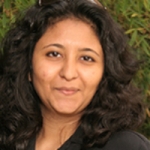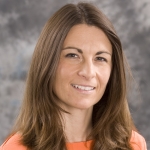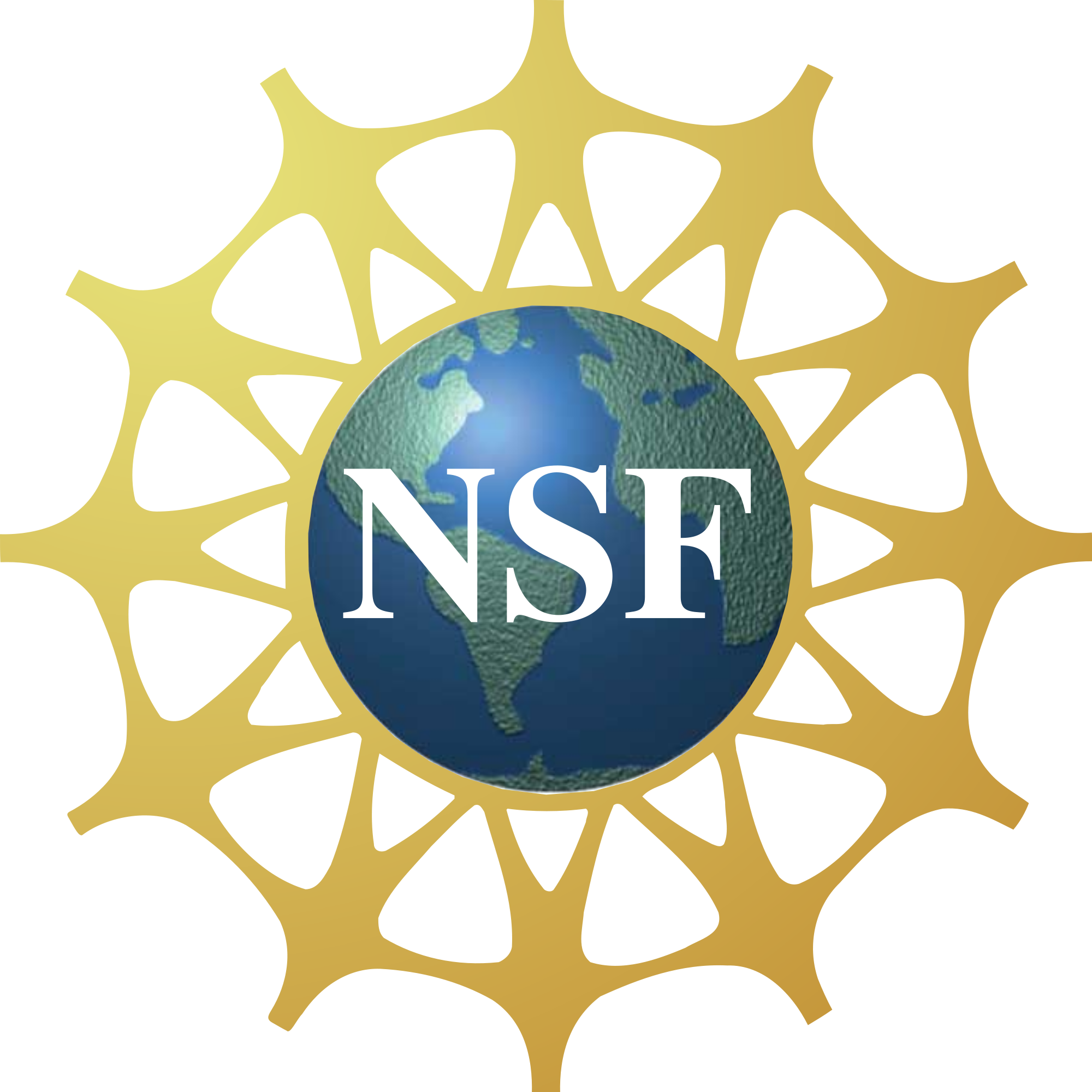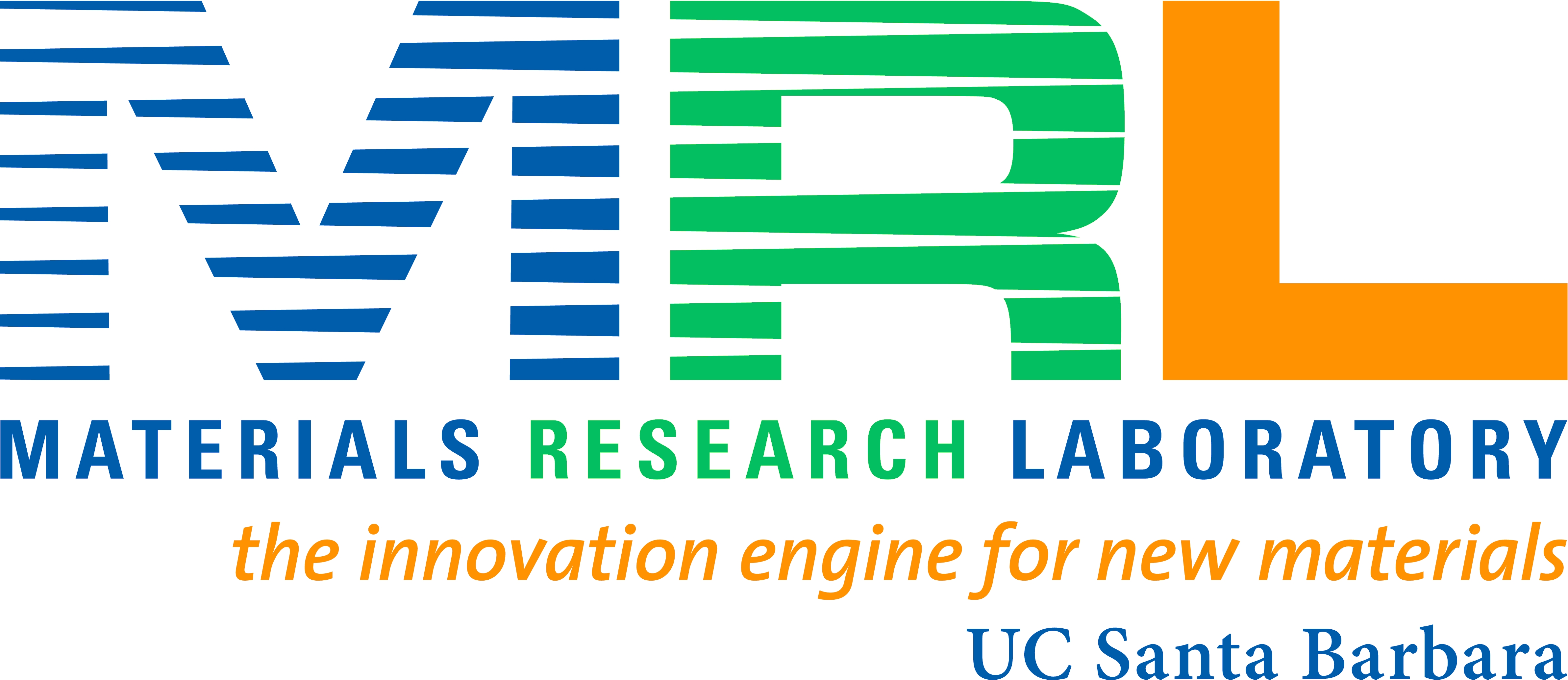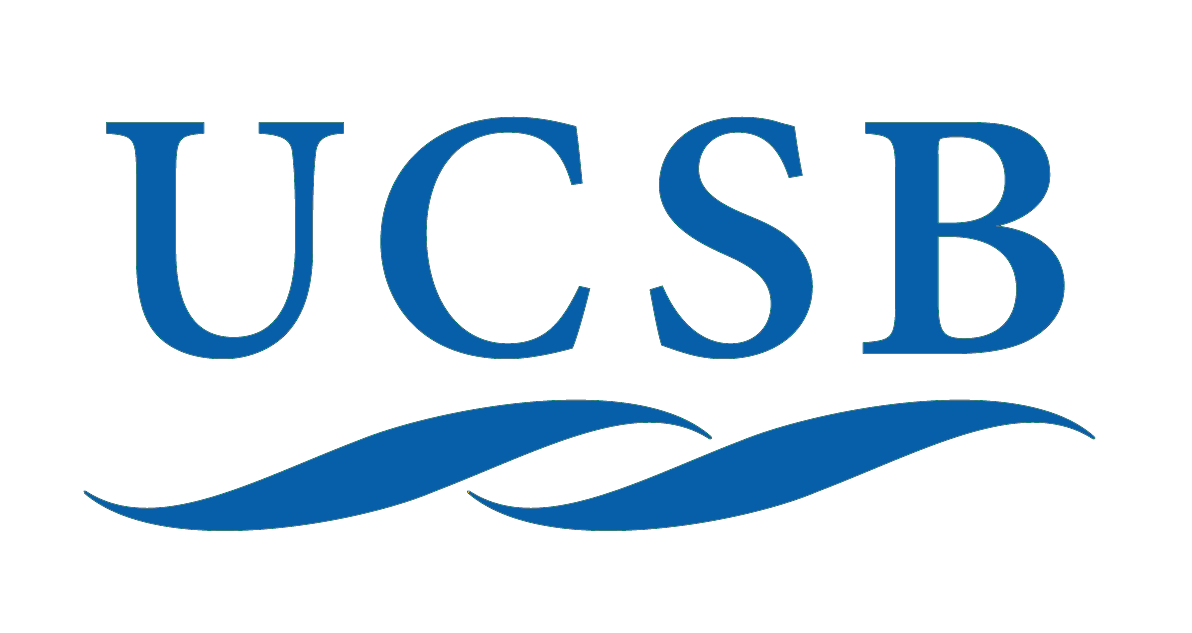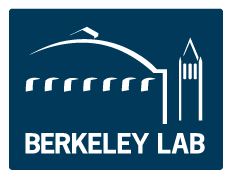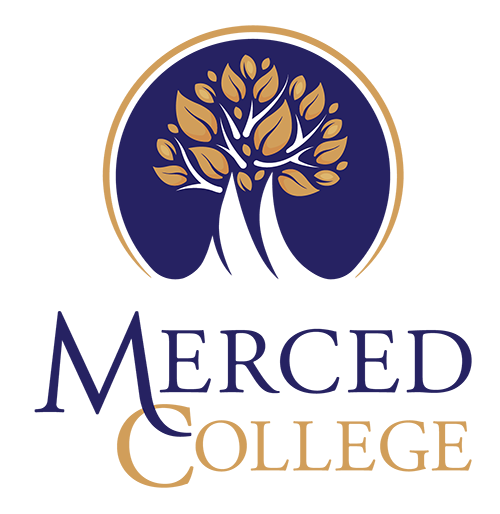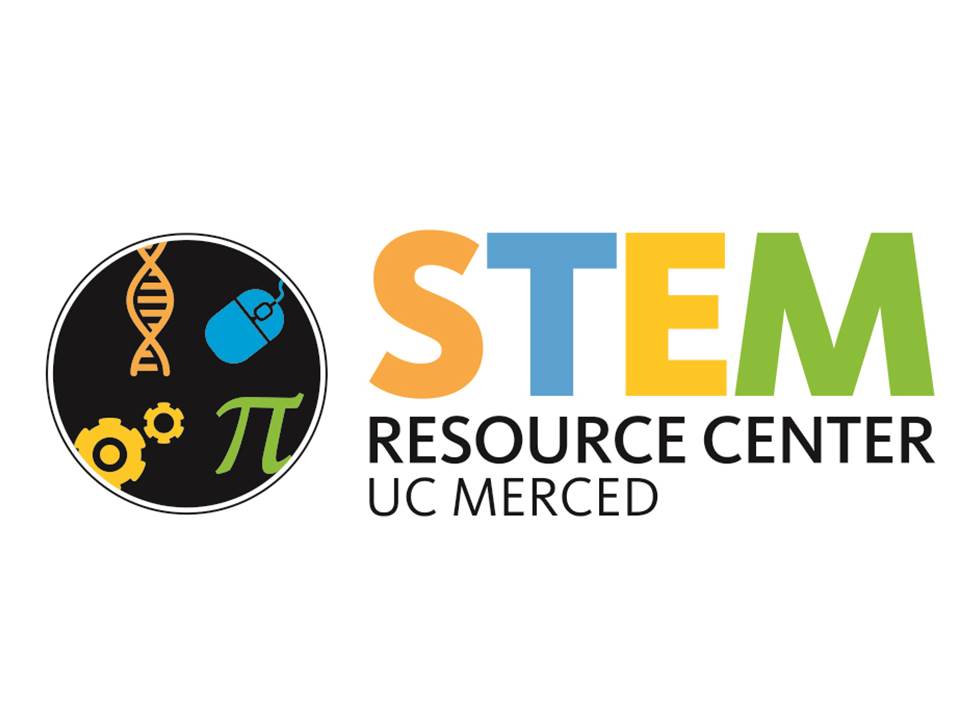Thrust 2: Adaptive and Responsive Mesoscale Assemblies (Dasbiswas lead).
Here the focus is on mesoscale assemblies of biomolecules, inorganic matter and their mixtures, aiming at understanding the fundamental mechanisms that enable these dynamic assemblies to collectively adapt and respond to cues. During Phase I, we developed innovative mesoscale materials and defined the interactions between the building blocks. 2 In Phase II, we shift our focus to understanding the mechanisms that enable these assemblies to function collectively in adaptive and responsive ways as well as exploiting them for applications. Projects are organized in two areas that build on Phase I results and contributions from new faculty:
2.1 Active protein assemblies.
During Phase I, we made considerable progress investigating model systems such as small teams of kinesin motors on microtubule filaments and single microtubules gliding on kinesin motors diffusing on a lipid membrane [18-20]. In Phase II, we will explore how the assembly, dynamics, and adaptive response of these constituents can be tuned to enhance functionality. One example are microtubules that spontaneously align and glide, forming an active nematic system powered by kinesin motors supported on a lipid membrane. We will explore this phenomenon experimentally using fluorescence microscopy, and theoretically, with microscopic simulations, continuum theories and nonlinear dynamics. This work could lead to new materials with self-repairing properties capable of mechanical work. Other projects include understanding the effect of molecular chirality on global order in the active nematic, controlling defect driven dynamics of active microtubule systems for self-mixing biofluid applications [21], and developing new multiscale numerical methods for active systems.
2.2 Metallic nanoparticle assemblies.
During Phase I, we developed ways to self-assemble metallic nanoparticles to realize photonically responsive device elements. For example, a collaboration between four CCBM groups established that liquid-crystal templated self-assembled hollow shells of quantum dots could break open under optical stimulation for controlled payload release [22]. In Phase II, we switch to investigating electrically and magnetically responsive systems [23,24], such as shell assembly using ligands (bis(imino)pyridines)[25] that respond to electric potentials leading to shell rupture, which will improve biocompatibility by avoiding thermal heating and metal toxicity. Other projects include exploring different hierarchical assemblies of quantum dot shells by controlling assembly kinetics [26] and DNA origami templated magnetic nanoparticles for shape-changing nanomachines.
Crosscutting Thrusts 2 and 3
In vivo, spatial patterning is achieved during morphogenesis via spatially regulated developmental cues at the appropriate times. Replicating this for tissue engineering is technically challenging [27]. A thrust 2-3 collaboration explores the use of the self-assembled nanoparticle shells to spatially and temporally target delivery of materials to tissue. We will use perfusable microvascular networks formed in fibrin gels from human umbilical vein endothelial cells (HUVECs) and human lung fibroblasts (HLFs) [28,29], and introduce the delivery system into a microfluidic platform for delivery of growth factors (VEGF and FGF) and cells (endothelial cells and fibroblasts) to primary tissue, thus potentially allowing for spatiotemporal control of vascularization.




